Extended returns until 15 January 2026.

United Kingdom - GBP
|
CHANGE REGION
Men's
Women's
Scandinavian design
Pay secure with Klarna
4,8/5 rating
Worldwide shipping
0
0
A Day in the Stockholm Archipelago with Your Fishing Guide Tomas Edenfeldt
We meet up with Tomas early one September morning. He picks us up in the boat at the jetty, even though rain was forecast we were in for a good day of fishing. A calm mist lies over the bay, the air fresh and the clouds heavy, we are full of anticipation.
“This is going to be a great day,” says Tomas as he starts the engine.
Fishing in the Stockholm Archipelago
Tomas explains that the archipelago is a paradise for sport fishers. Sweden’s most popular predatory fish – pike and perch – thrive here, often in large numbers. Interest in perch fishing in particular has exploded in recent years, and according to him, the fishing actually improves a little each season. Perch fishing is suitable both for the complete beginner who has never fished before and for the demanding expert angler. There are many methods to explore, several inspired by American bass fishing. But, Tomas emphasises, you can get very far with just a couple of effective methods, and then explore more along the way.
However, he underlines, it’s important to know the right environments and how the fish move throughout the year. Some bays are almost empty, while others are teeming with life. “If you follow the seasonal patterns and learn a few basic techniques, you have every chance of really good fishing,” he says as we cast our jigs into the little reed-fringed bay.
A Simple Jig Goes a Long Way
We stop by a rocky islet and Tomas shows us how to rig a shad jig, 7–9 centimeters long, with a jig head. “This is the most versatile tool you can bring,” he explains. He describes how you cast it out, let it sink to the bottom, then retrieve it with short pauses, letting the jig rest on the bottom at each stop. Just during the pause, a perch strikes, and its striped sides shimmer in the clear water as Tomas smoothly dips the net and scoops it up.
He points out that perch almost always stay near the bottom and that the strike often comes just as the jig is sinking. “The jig works best when it’s allowed to sink freely,” he says with a smile. Simplicity often works best. In some situations, such as when it’s cold or the fish are inactive, it’s even smart to let the jig lie still on the bottom for a few seconds. It’s not uncommon that a fish picks it up right off the bottom—and often it happens that a fisher pauses to take a phone call, leaves the jig still for a moment, and when they start reeling again, a perch is already on the hook. “You probably can’t make a retrieve pause too long,” Tomas laughs.
Strategy by Season
As the boat glides through a narrow channel, Tomas explains how perch behaviour changes throughout the year. In spring, you’ll find them in marshes and shallow bays where they gather before spawning. In summer, they often move out toward rocky islets, straits, and offshore reefs. Sometimes you can even find inner-archipelago perch far out in the outer archipelago, feasting on sticklebacks and herring. In autumn, the perch return to nutrient-rich bays to overwinter.
“One should adapt not only the fishing spot but also the technique to the season,” he says. “In spring and late autumn, small jigs and long pauses are key, while in summer you often need to switch to more vibrating lures like spin tails.”
Everyone in the boat fishes with shad jigs, and after a while everyone has caught fish. Both perch and pike come up, and the joy of fishing is genuinely palpable—you never tire of that moment when a fish strikes!
Sometimes a Day is Only 15 Minutes Long
As we round the next headland and see a sea eagle soaring high above the treetops in the brisk wind, the rain suddenly starts, and Tomas reminds us of another important detail: the weather. “In the archipelago, the weather can change in an instant. I’ve had days where it went from sun to rain and hail in fifteen minutes.” He shows us his gear—always a light rain set and clothes for all conditions. We pull on our own rain jackets and continue fishing. As long as there aren’t gale-force winds that could endanger boat and lives, the weather is never really a problem. With a few spare garments and some flexibility, every kind of weather has its charm in its own way.
We decide to take a coffee break. Sometimes the fishing fever gets so strong that you forget the importance of pausing; the taste of hot coffee on a chilly day, while taking in the beauty of nature around you, is priceless. A moment of stillness and peace in good company. Once we’ve eaten the pastries and emptied our mugs, the urge to get more strikes creeps back in. Time to keep fishing!
A Breather from Everyday Life
Sitting back at the dock, listening to the waves lapping against the hull, surrounded by skerries and islets, everyday life feels far away. The scent of seaweed drifting with the wind reminds us of this unique environment. There’s something about being out on the water that makes time feel both frozen and fleeting. Tomas explains that this—combining the calm of nature with the adrenaline rush of a strike—is what makes fishing and his guided trips so special.
As we part ways at the dock, Tomas leaves us with these words: “With the right gear, a simple strategy, and clothes for all weather, you have every chance of a fantastic day in Stockholm’s wonderful archipelago.” Filled with impressions of beautiful views and addictive strikes, we can’t help but agree—the feeling of the day lingers on, and it can’t be long before we do this again!
Want to Try It Yourself?
Would you like to learn more about perch fishing and experience a day on the water? Read more at dinfiskeguide.se or book a guided tour with fishing guide Tomas Edenfeldt.
FIVE QUICK QUESTIONS FOR TOMAS
What makes the Stockholm archipelago so special for perch fishing?
Unlike many lakes, there’s an enormous variety of environments where you can fish for perch—from the shallow, murky reed bays of the inner archipelago to the bare, low cliffs of the outer archipelago. The fishing changes dramatically over the season and differs a lot depending on environment and time of year—it never gets boring!
What mistakes do beginners usually make when trying perch fishing for the first time?
Almost always it’s that they fish too quickly. The lure stays too high in the water and never reaches the zone near the bottom where the perch normally strike.
What time of year do you yourself most enjoy guiding customers in the archipelago?
All seasons have their charm, but if I had to choose, autumn—especially late autumn—is a favourite! The fish are concentrated and often focused on feeding!
What’s your best tip for enjoying fishing even when the weather doesn’t cooperate?
Always pack a thin, lightweight rain jacket, even if the sun is shining when you set out. That way you don’t immediately have to end the trip if the weather suddenly shifts.
Do you need a fishing license to fish in the Stockholm archipelago?
Fishing with rod and reel—the type considered recreational fishing—is free along the coast and in our lakes. Together with the right of public access, this is completely unique to Sweden and something we should cherish!
TOMAS PERSONAL FAVORITES
Sign up for our newsletter and get 10% off your first order*
*Excluding campaigns, bundles and other offers
INFORMATION
CUSTOMER SERVICE
SHOP
© Beyond Nordic

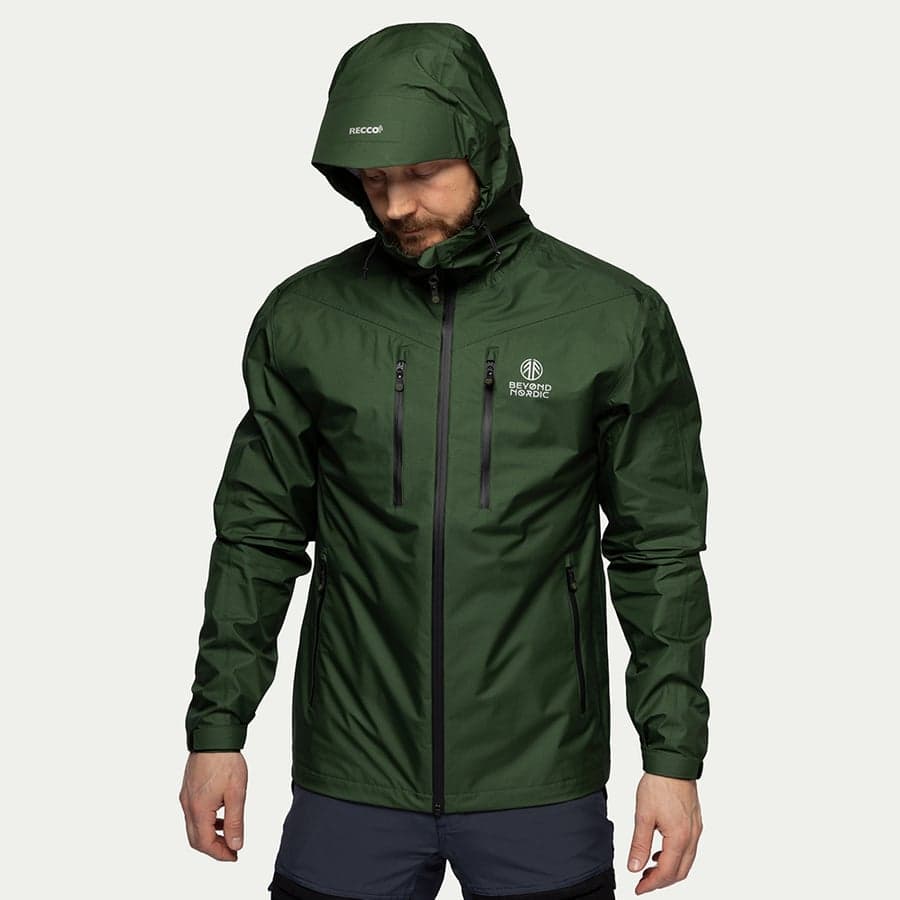
BN301 v2 3L Lightweight Shell Jacket Men's


BN106 Tech Fleece Hoodie Men's


BN105 Merino Half Zip Hoodie Men's


BN213 Light Merino Hoodie Men's
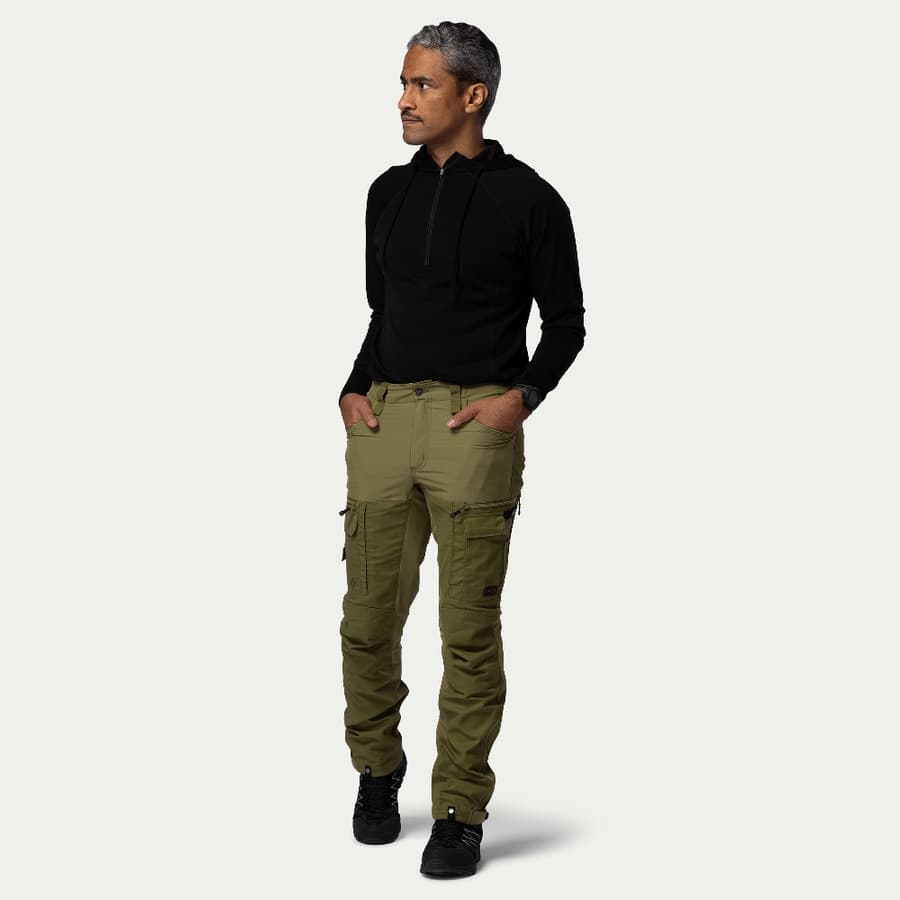

BN008 Outdoor Pants Men's
Pine Grove
179.00GBP
Off Black
99.00GBP
Grey
79.00GBP
Onyx Black
59.00GBP
Moss Green
99.00GBP
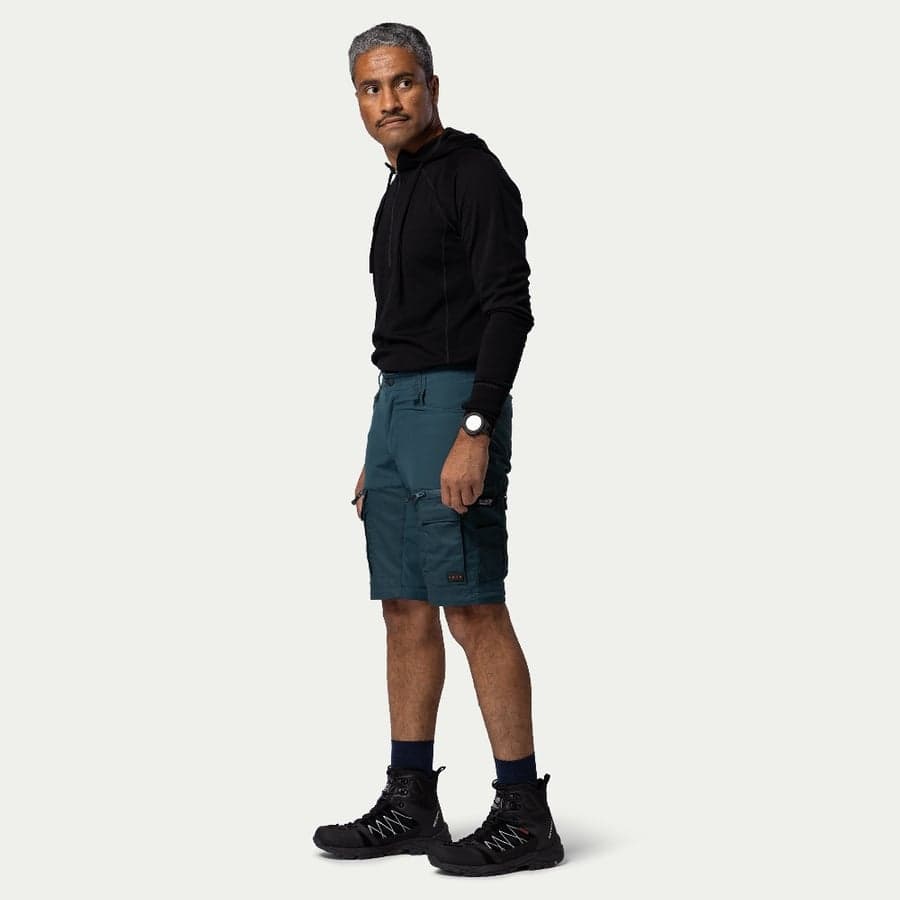
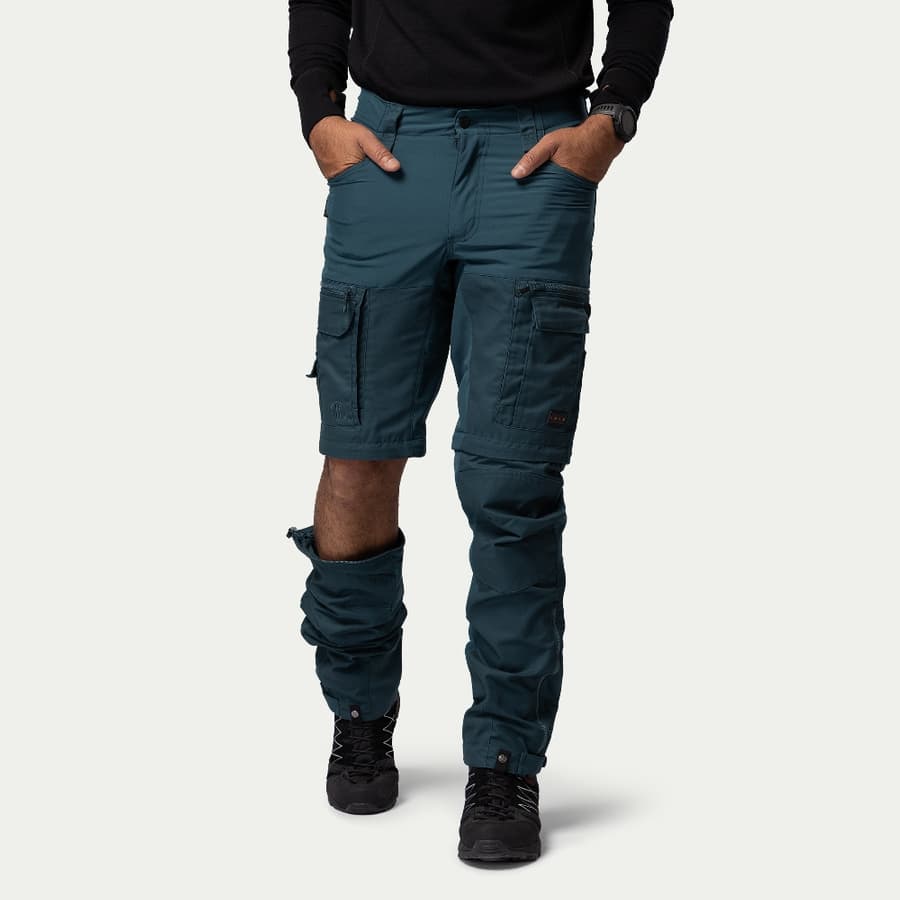

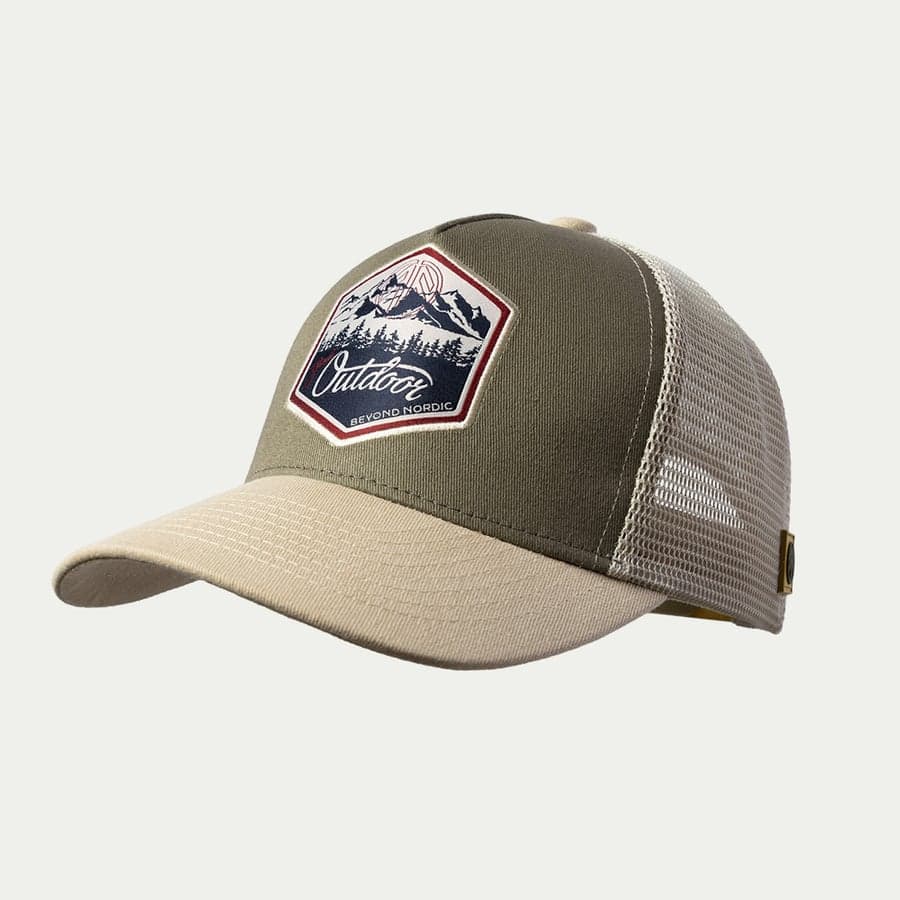




RECYCLED
TOPSELLER
RECYCLED
TOPSELLER
NEW
NEW
RECYCLED
RECYCLED
RECYCLED
RECYCLED
RECYCLED
NEW
RECYCLED
NEW